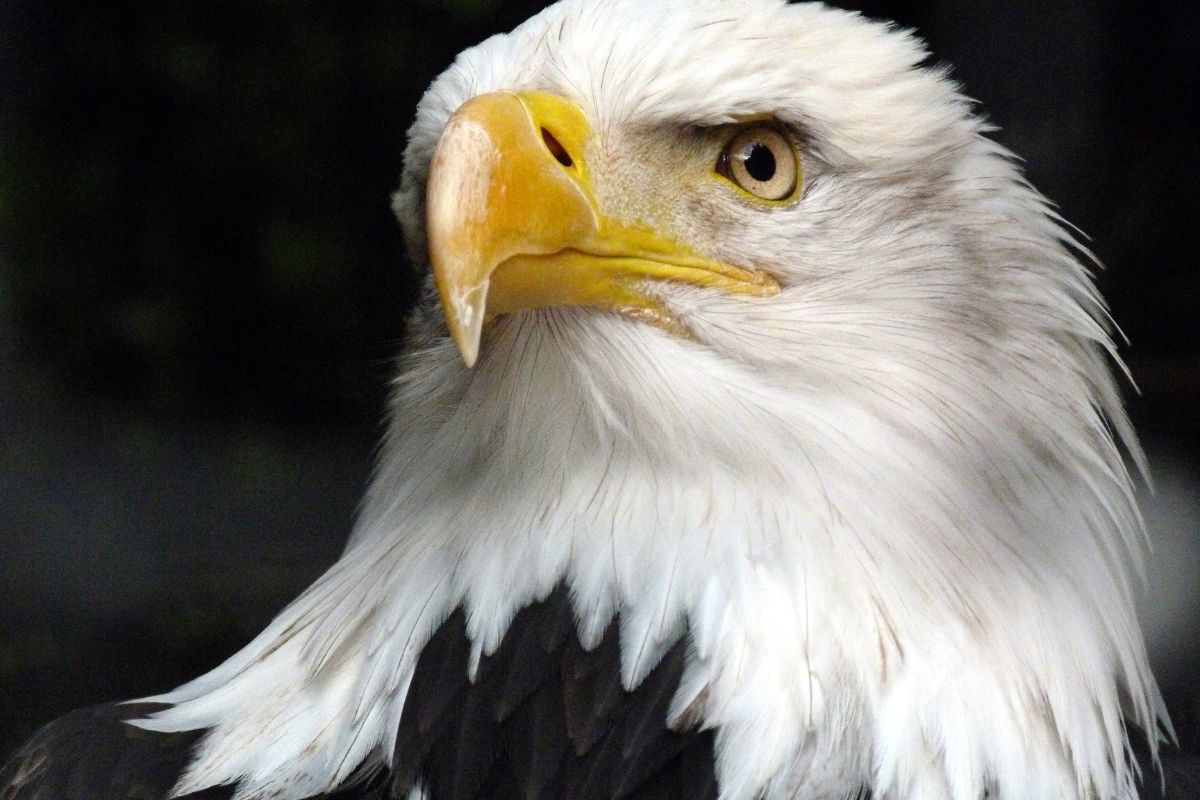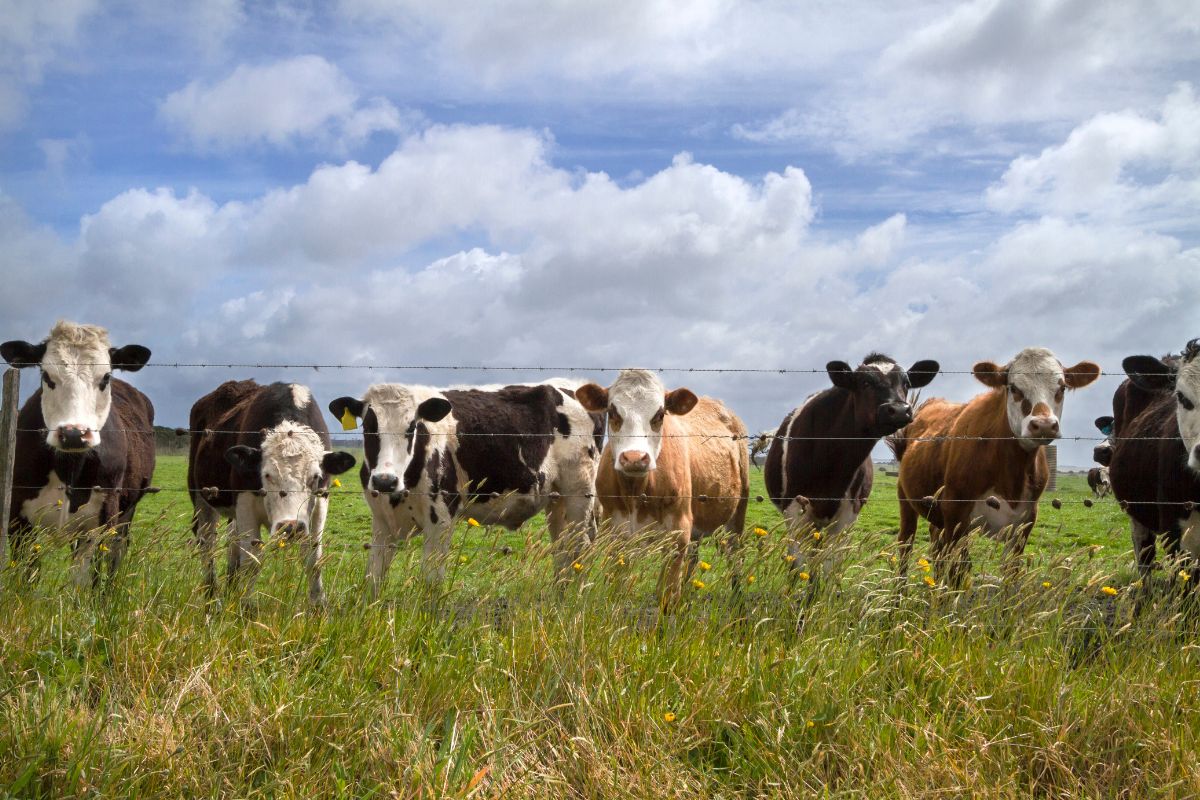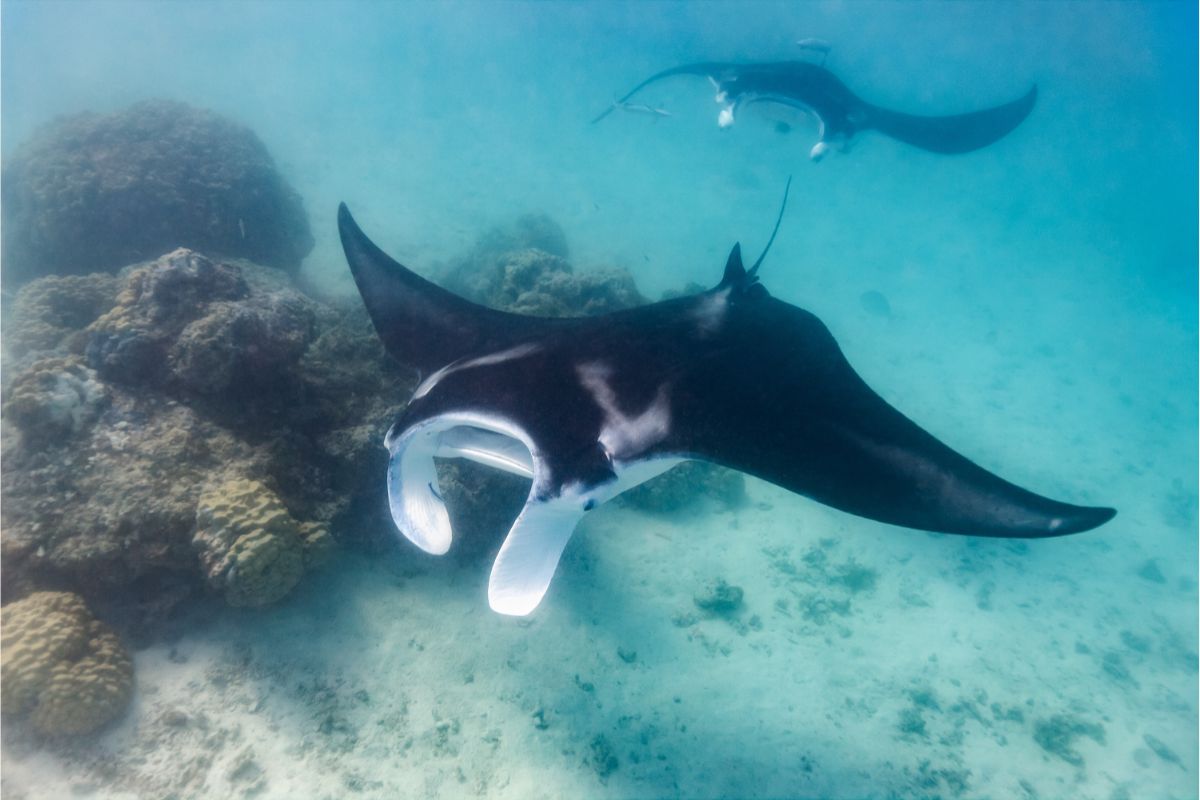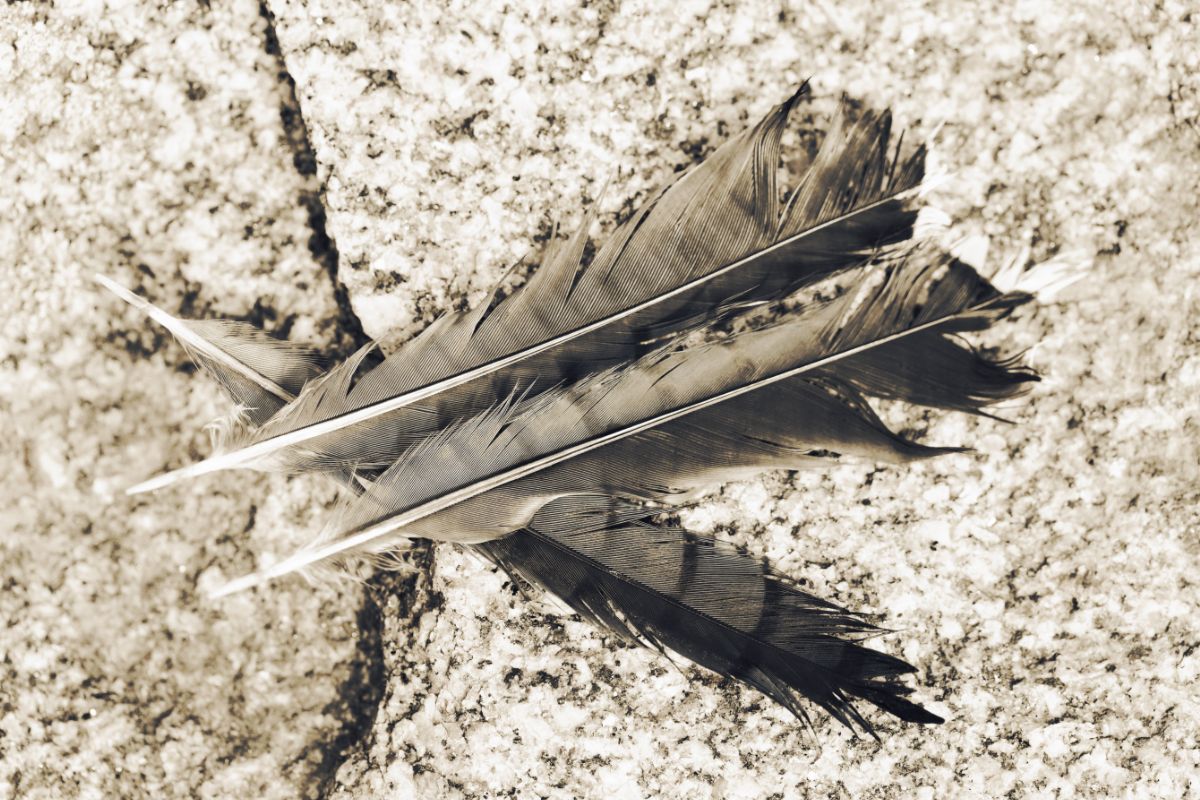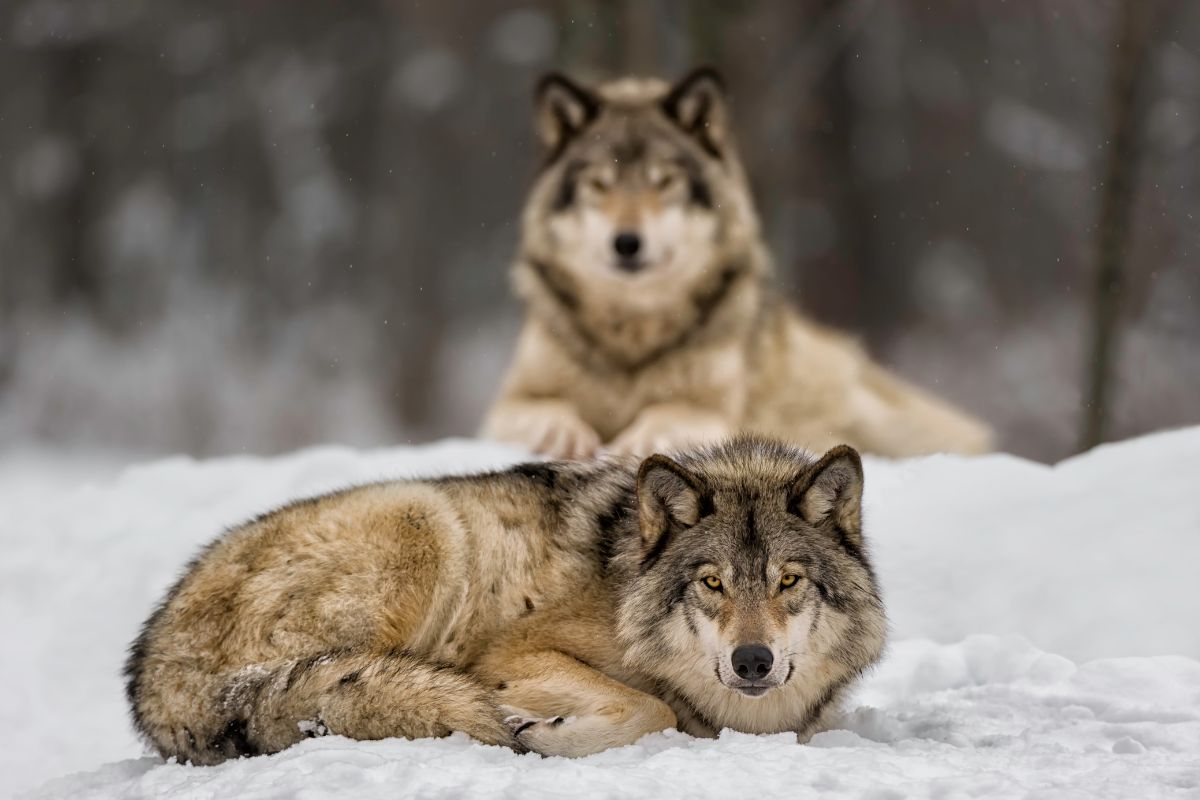We have always thought that snakes with albinism are less likely to thrive in their natural habitats compared to snakes without this genetic mutation.
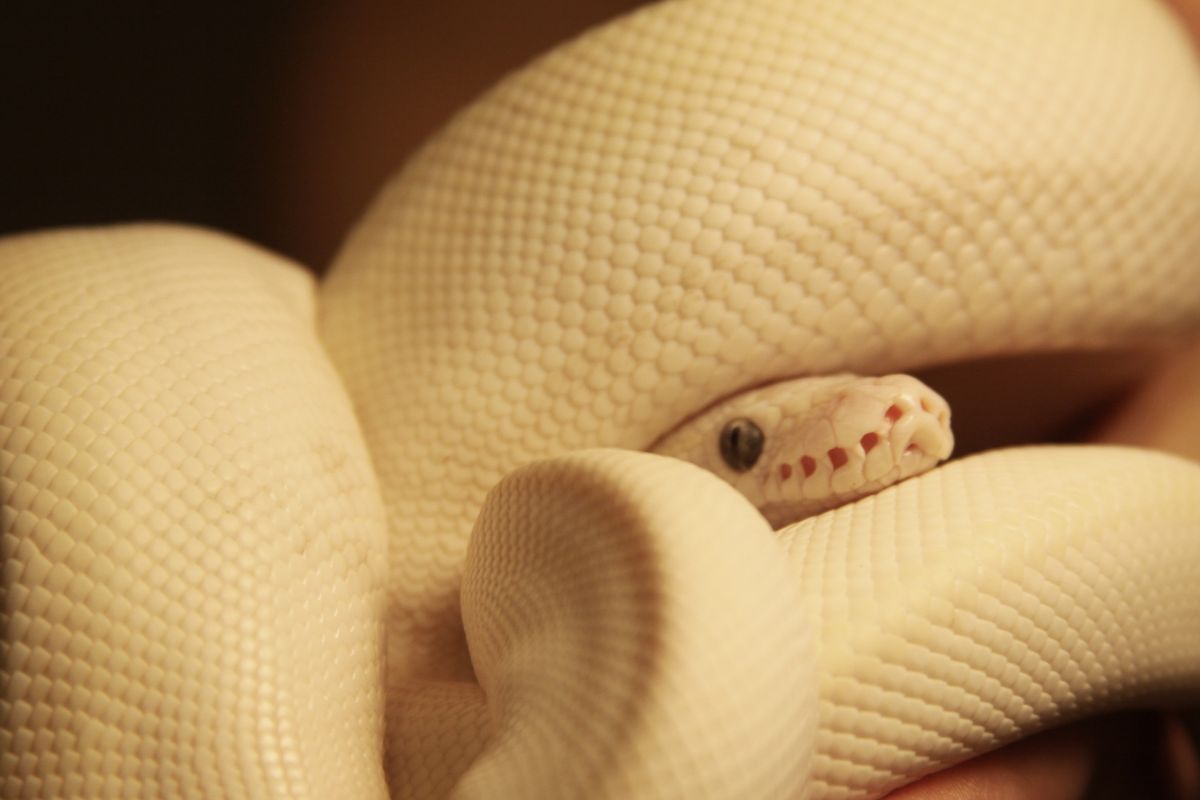
However, as few studies have actually been conducted to learn more about this matter, we have never known for sure.
With that being said, there are a few things we can look at today to help us determine how albinism affects these snakes. So, let’s take a look at whether albino snakes are more likely to be killed by predators or not – the answer is pretty surprising!
Albinism – What Is It?
Albinism is a genetic mutation that impacts melanin production. Melanin is the pigment that gives color to the eyes, hair, and skin. Those with albinism are born with it, but it doesn’t get “worse” over time.
Animals and people with this condition will either have significantly reduced melanin, or no melanin at all. As a result, they are very pale, have light hair and eyes, and have impacted eyesight.
This condition can affect any kind of animal, from mammals to reptiles and birds. However, appearances will vary greatly from one species to another.
Typically, however, an animal with pure albinism will have pink skin, nails, eyes, and fur, or scales. This pink color comes from all the blood vessels beneath the skin. In the cases of leucism, animals will have the normal patterns, but they will be much lighter.
Why Is This Important?
Albinism is important, especially in the natural world, because it impacts the life of the animal with it. These animals will have impaired eyesight, and their bright and unusual colors will make them stand out more in their environment.
Because of this, it has always been thought that they are much more likely to fall prey to predators.
However, this might not actually be the case. Why do we say this? Since a lot of predators rely on pattern recognition, there might be evidence that the patterns of albino animals are too different.
When the patterns are different enough to the normal ones, it will confuse the predators. You can check out the full study here.
Let’s take a look at the case study that was done a few years ago looking into this question.
A Case Study – The Albino Garter Snake
Headed by Barry Stephenson, a biology professor at Mercer University, Georgia, an albino garter snake was captured and studied. The animal’s markings were noted before the snake was released.
Shortly after, Stephenson and his colleagues created an experiment to take a look at the impact of albinism in garter snakes.
The group made albino snake models out of clay, and ran them in Georgia’s Bond Swamp. In 2015, the first year of their experiment, they used 50 clay models of non-albino, full albino, and two partial albino forms each, and left the models in the field for some time.
The group were then able to check which snakes were attacked the most by looking at the claw and beak marks in the clay.
The number of clay snakes were then tripled in 2016, resulting in each type of model having 150 clay snakes. Overall, there were 600 clay snake models to go on.
When the clay snake models were checked again, there was no significant difference in the attack numbers.
According to Stephenson, the clay models with both full and partial albinism did not receive a higher frequency of attacks from birds compared to the wild types.
These results came as a surprise to those involved. It was the assumption that snakes with albinism would be much easier food sources for other animals because of their bright coloring.
However, as the results showed, albinism does not seem to be a factor to predators and prey. The reason for this finding hasn’t been found yet, but it’s likely to have something to do with the previous point mentioned earlier.
It is possible that this difference in pattern and coloring is enough to actually put some predators off attacking an albino animal. This could cancel out the idea that their visibility makes them more susceptible.
Final Thoughts
There are no real answers as to why albinism doesn’t impact the chances of a garter snake being prey for a bird. Everything at this point is merely speculation.
However, just because this is the case for the garter snake and birds doesn’t mean that rules are different in other places with other species.
It is entirely possible that other albino animals with other predators will have different results if a similar test was done. Some predators might be attracted to albinism, whereas others will not be.
Either way, more research needs to be done in the area to get a better understanding of this question.
- What Do Squirrels Eat? Learn About Their Diet and Winter Survival - October 14, 2024
- What Do Raccoons Eat? Discover Their Diet and Eating Habits - October 6, 2024
- What do foxes eat? - October 5, 2024

